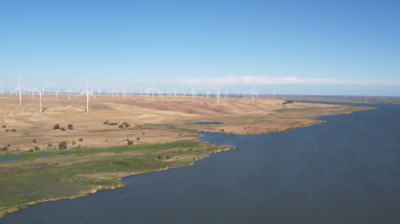New Tariffs to Escalate Construction Costs Impacting Bay Area’s Housing Production and Prices
Tariffs of 20% the Trump administration imposed last year on imports of Canadian softwood lumber, and more recent tariffs of 15% and 10% on steel and aluminum imports, are starting to impact the local economy – including construction and housing. Beyond land cost, the region’s high housing costs are primarily driven by a lack of inventory caused by resistance to development and fees imposed by local governments. The cost of construction materials can now be added as another obstacle to meeting the region’s housing goals – not the primary one, but an issue that’s additive and is likely to be significant.
Lumber accounts for the largest material cost of building homes. This may push builders to focus more on high-end homes where buyers can absorb the increased costs, instead of the low and middle income housing the region needs most. Higher steel prices are also starting to impact commercial high-rise construction. The marginal cost of materials, particularly when increases are double digit, can stall or stop a project. Some towers are being reduced in scale in order to lower costs, reducing the number of units produced. Residential projects have also been stopped or stalled as developers recalculate the higher costs and how design around them. The potential impact of tariffs is likely to grow with time, as more products (tools, fixtures, appliances) used in the building process or incorporated into new structures are added to the list. To engage in the Council’s housing advocacy work, please contact Senior Vice President of Policy Matt Regan.





